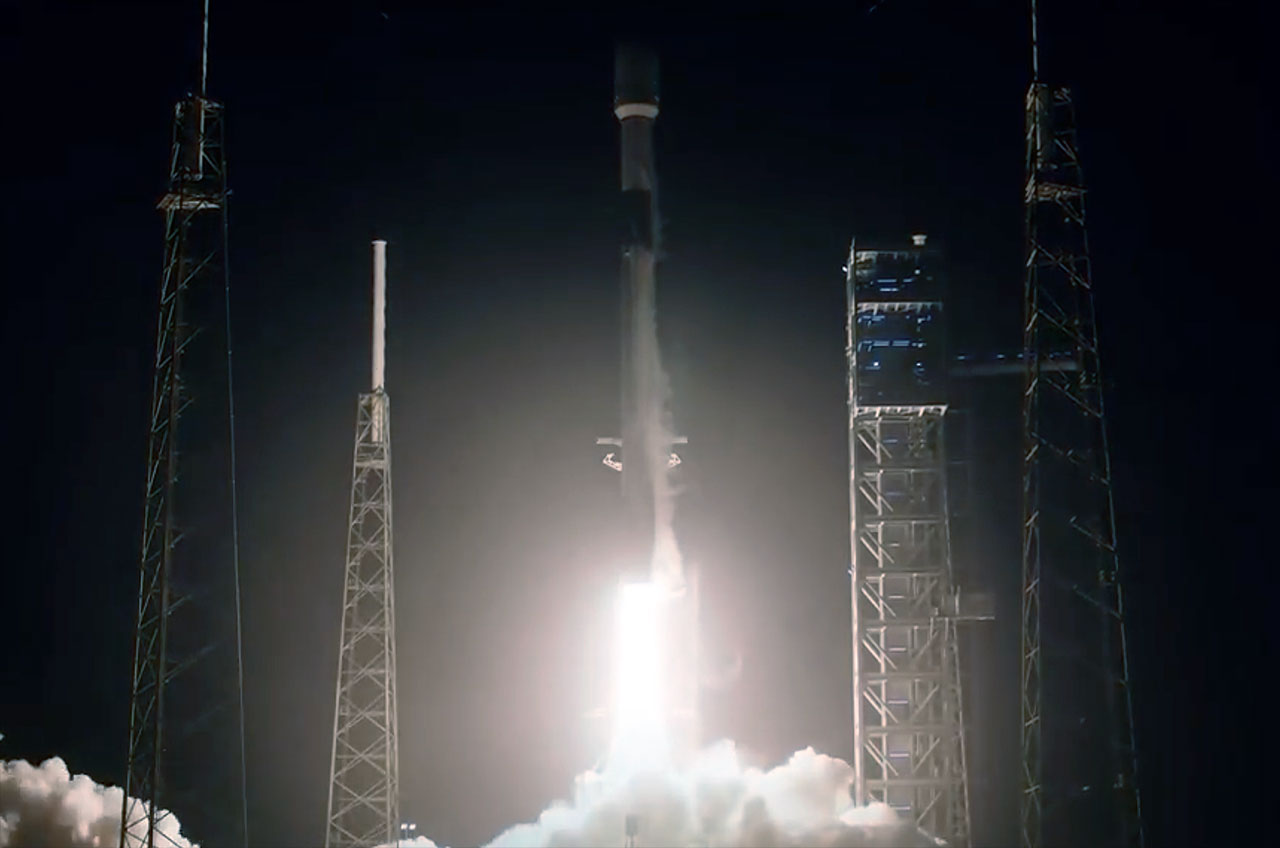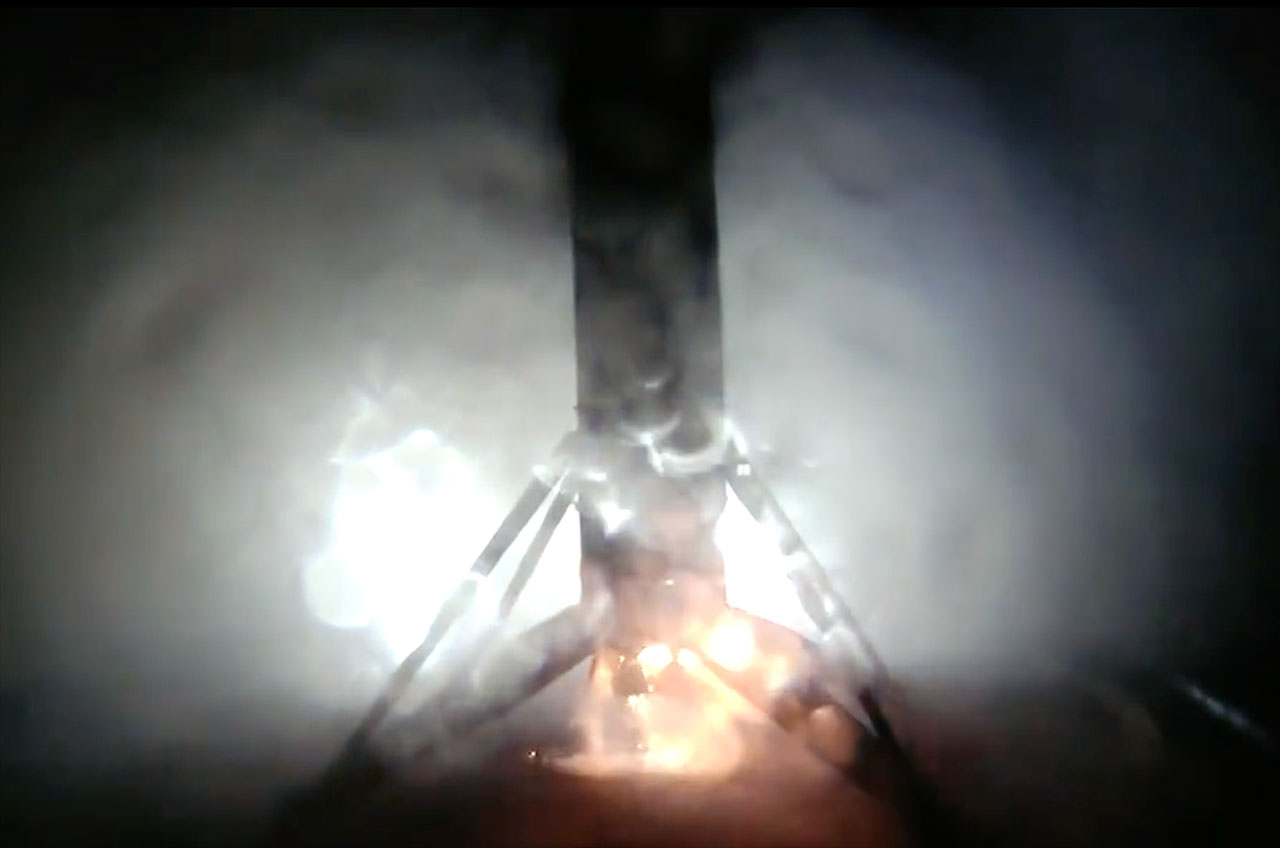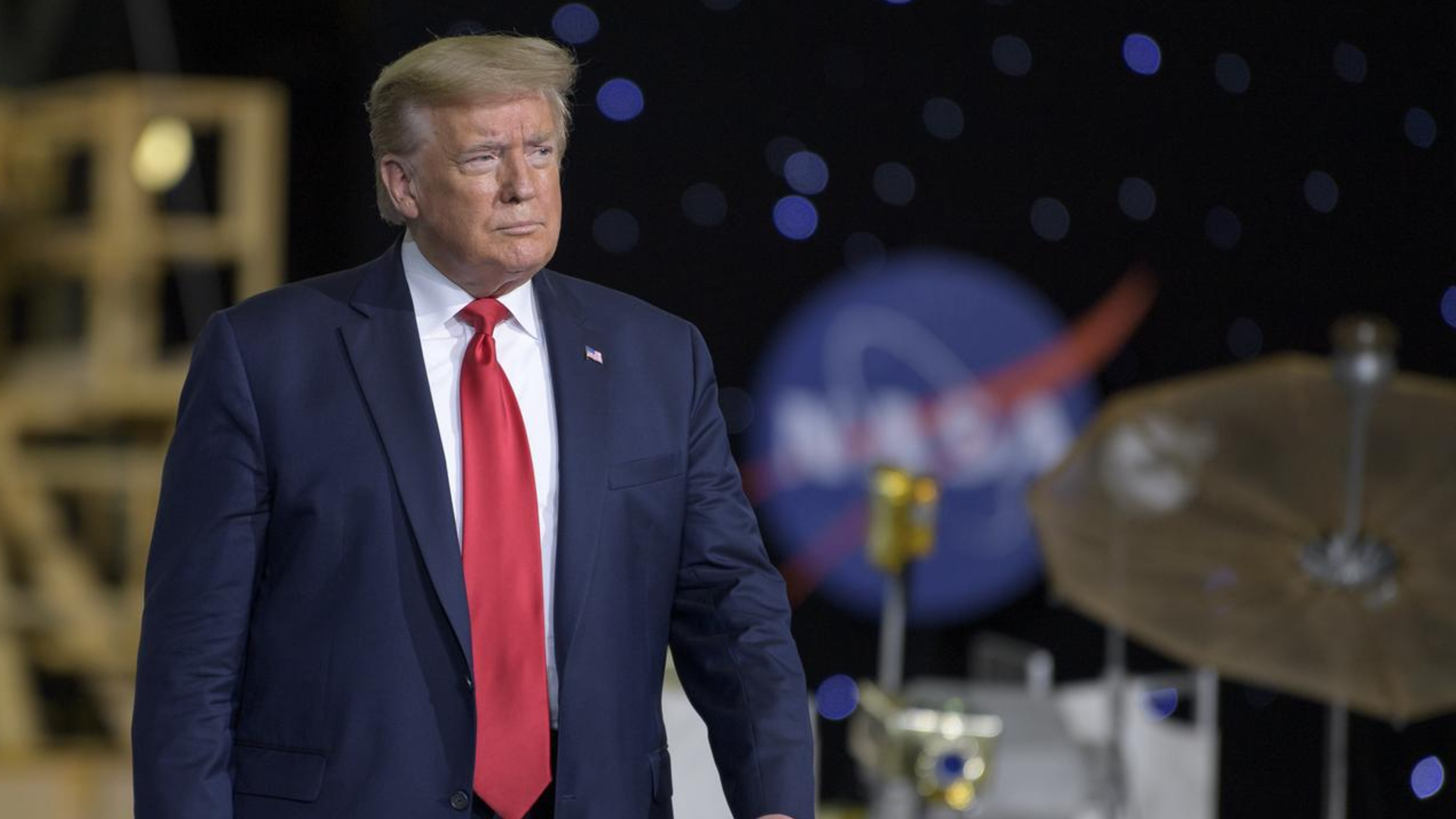SpaceX Falcon 9 rocket launches Starlink satellites on record-breaking 19th mission

SpaceX has broken its rocket-reuse record yet again.
A Falcon 9 rocket launched 23 of SpaceX's Starlink internet satellites to orbit from Florida's Cape Canaveral Space Force Station on Saturday (Dec. 23) at 12:33 a.m. EST (0533 GMT).
It was the 19th liftoff for this particular Falcon 9 first stage, according to a SpaceX mission description, setting a new reusability mark for the company.
Related: Starlink satellite train: How to see and track it in the night sky

As planned, the Falcon 9's first stage came back to Earth for the 19th time, landing about 8.5 minutes after it launched on the drone ship Just Read the Instructions, which was stationed in the Atlantic Ocean off the Florida coast.
The Falcon 9's upper stage, meanwhile, continued hauling the 23 Starlink satellites to low Earth orbit (LEO). The spacecraft were set to be deployed there about 65.5 minutes after liftoff.
SpaceX founder and CEO Elon Musk wants to help humanity colonize Mars and achieve a variety of other ambitious exploration feats. Rocket reusability is a key part of this vision, helping to cut the cost of spaceflight and increase its cadence.
Breaking space news, the latest updates on rocket launches, skywatching events and more!
So SpaceX's reuse records don't tend to last long. The previous mark — 18 flights for a Falcon 9 booster — was set just last month.
SpaceX has launched more than 90 orbital missions so far in 2023. Most of them have been dedicated to building out its Starlink broadband megaconstellation, which currently consists of nearly 5,200 operational satellites.

Michael Wall is a Senior Space Writer with Space.com and joined the team in 2010. He primarily covers exoplanets, spaceflight and military space, but has been known to dabble in the space art beat. His book about the search for alien life, "Out There," was published on Nov. 13, 2018. Before becoming a science writer, Michael worked as a herpetologist and wildlife biologist. He has a Ph.D. in evolutionary biology from the University of Sydney, Australia, a bachelor's degree from the University of Arizona, and a graduate certificate in science writing from the University of California, Santa Cruz. To find out what his latest project is, you can follow Michael on Twitter.
